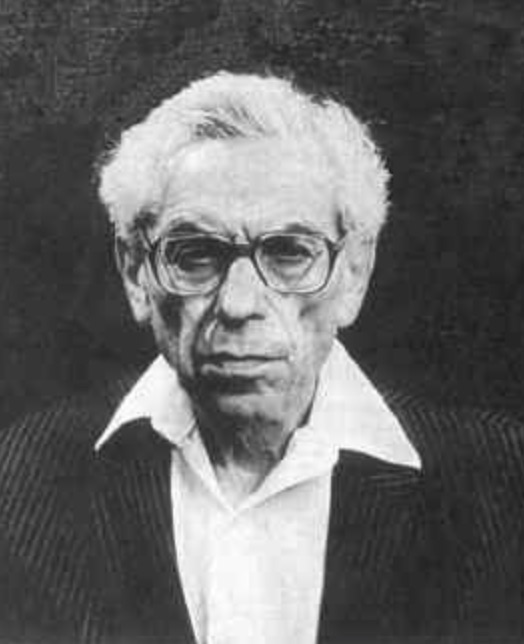
Paul Erdős was born on March 26, 1913 in Budapest, Hungary. When Paul was just one year old, World War I broke out and his father was captured by the Russian army and held in captivity in Siberia for 6 years. Throughout his early childhood, Paul did not attend school and the education he received was from his mother who was a mathematics teacher. In 1920, Paul’s father was released from captivity and on returning home, helped tutor Paul in mathematics. Tutoring by his parents served him well, for in 1930 he won a national examination, enabling him to enrol at the University Pazmany Péter in Budapest. By 1934, he had earned his doctorate in mathematics and was on his way to Manchester, England where he pursued a post-doctoral fellowship.
Throughout his lifetime, Paul never aspired to money and survived on brief university appointments, taking stipends for presentations and visiting various friends in the mathematics community for days at a time. Mainly engaged in number theory, combinatorics and graph theory, he was constantly formulating mathematical problems for which he posted rewards as large as $100 to anyone who could find a solution. At the International Conference of Mathematics in Budapest in 1988, he said, “I used to write checks for those who could solve my posted problems, and it cost me nothing because the problem solver pasted the check on his office wall to brag about his achievement. But after the invention of the photocopy machine, people pasted a copy on the wall and cashed the check. For me, it created a financial hardship.”
Commenting on the ravages of old age, he enunciated his own theorem: There are three signs of senility. The first sign is that a man forgets his theorems. The second sign is that he forgets to zip up. The third sign is that he forgets to zip down.
